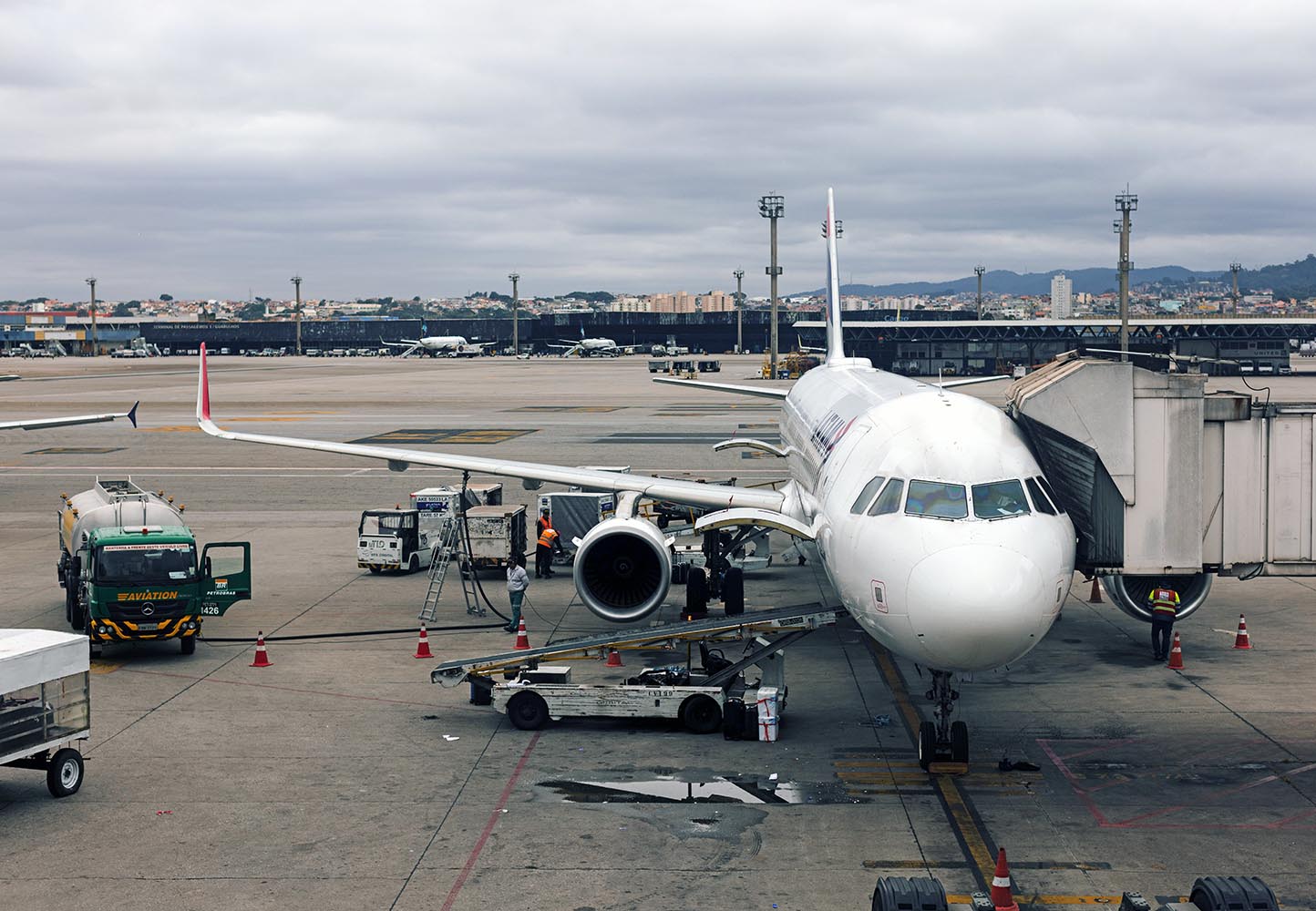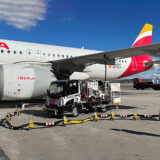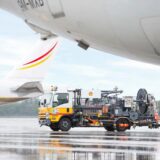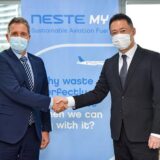
IATA report: SAF production to reach 600 million litres in 2023
The International Air Transport Association (IATA) has released its latest estimates on sustainable aviation fuel (SAF) production, indicating a significant increase in 2023 and projections for further growth in 2024.
In 2023, SAF volumes reached more than 600 million litres (0.5 Mt), doubling from the 300 million litres (0.25 Mt) produced in 2022. Despite this increase, SAF accounted for only 3% of all renewable fuels produced, with the majority going to other sectors.
2024 aviation fuel needs
SAF production is expected to triple to 1.875 billion litres (1.5 Mt) in 2024, accounting for 0.53% of aviation’s fuel needs and 6% of renewable fuel capacity. The relatively small percentage of SAF output as a proportion of overall renewable fuel is primarily due to new capacity being allocated to other renewable fuels.
Willie Walsh, IATA’s director general, expressed encouragement over the doubling of SAF production in 2023 and the expected tripling in 2024. However, he noted that even with this growth, SAF’s portion of all renewable fuel production will only increase from 3% to 6%. He emphasised the need for aviation to secure between 25% and 30% of renewable fuel production capacity for SAF to be on track for net-zero carbon emissions by 2050.
SAF production goals
The Third Conference on Aviation Alternative Fuels (CAAF/3) hosted by the International Civil Aviation Organization (ICAO) agreed on a global framework to promote SAF production in all geographies. The target is for fuels used in international aviation to be 5% less carbon-intensive by 2030, requiring about 17.5 billion litres (14 Mt) of SAF.
Challenges and policy objectives
The main challenge is unlocking supply to meet demand. Projections indicate more than 78 billion litres (63 Mt) of renewable fuels will be produced in 2029. Governments must incentivise renewable fuel producers to allocate 25-30% of their output to SAF. Effective production incentives for SAF should support accelerating investments, ensuring sufficient SAF quantities, diversifying feedstock and production, and delivering a global SAF Accounting Framework.
Approximately 85% of SAF facilities coming online over the next five years will use hydrotreatment (HEFA) production technology, relying on limited feedstocks like inedible animal fats and used cooking oil. Policies are needed to diversify SAF production, promote investments in new production pathways, and identify more potential feedstocks.














